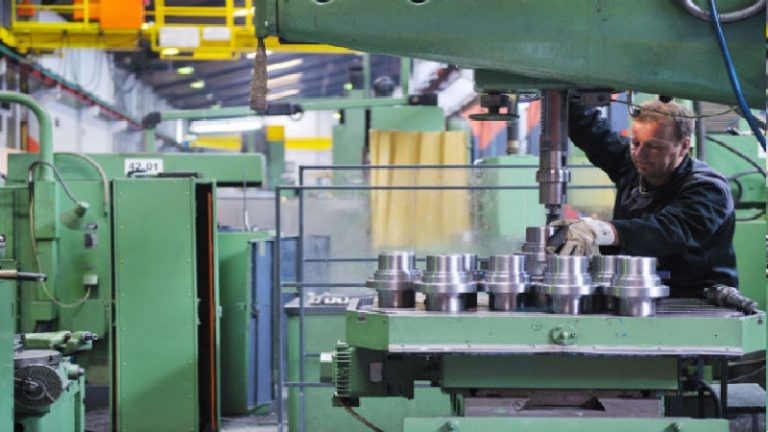The packaging industry was revolutionized in the 1960s when Hot Melt Adhesive was introduced. It rapidly became the industry standard in terms of the closure of cartons, sealing and stabilizing pallets. Due to its radically improved adhesion, it replaced water-based adhesives which were previously used throughout the packaging industry. The development of Polyurethane Reactive (PUR) Hot Melt Adhesive during the 1980s increased the adhesion factor even further.
The other advantages that Hot Melt Adhesive brought into the industry were its ability to reduce adhesion setting times, and water resistance.
The versatility of Hot Met Adhesive
Hot Melt Adhesive is able to bond smaller, thinner profile cartons to heavier-duty wrap-around cartons or cases. It is ideal for sticking all kinds of packaging together as the wide range of hot melts on the market can handle a wide range of applications. As well as having a high resistance to heat, some formulations have been created to perform in temperatures down to minus 40 degrees Celsius. There are also hot melt blends that perform well in humid environments.
The range of materials that packaging comes in today is vast, but as Hot Melt Adhesive sticks firmly to all of the various types of board, paper, and plastic based materials, this does not present a problem. It is one of the products key strengths. Another of its strengths is the fact that is manufactured and available in bulk making it very economical to use.
The advantages of using Hot Melt Adhesive
Hot Melt Adhesive offers many advantages. In summary, they are:
* It is economic to use
* It facilitate rapid assembly times
* A Hot Melt system can be kept running continuously
* It provides excellent strength to any packaging structure
* It offers long-term adhesion
* Joints are neat and tidy
The Hot Melt process can be applied in a number of ways. These include automatic roller machines; bench-mounted extruding machines, and handguns.

